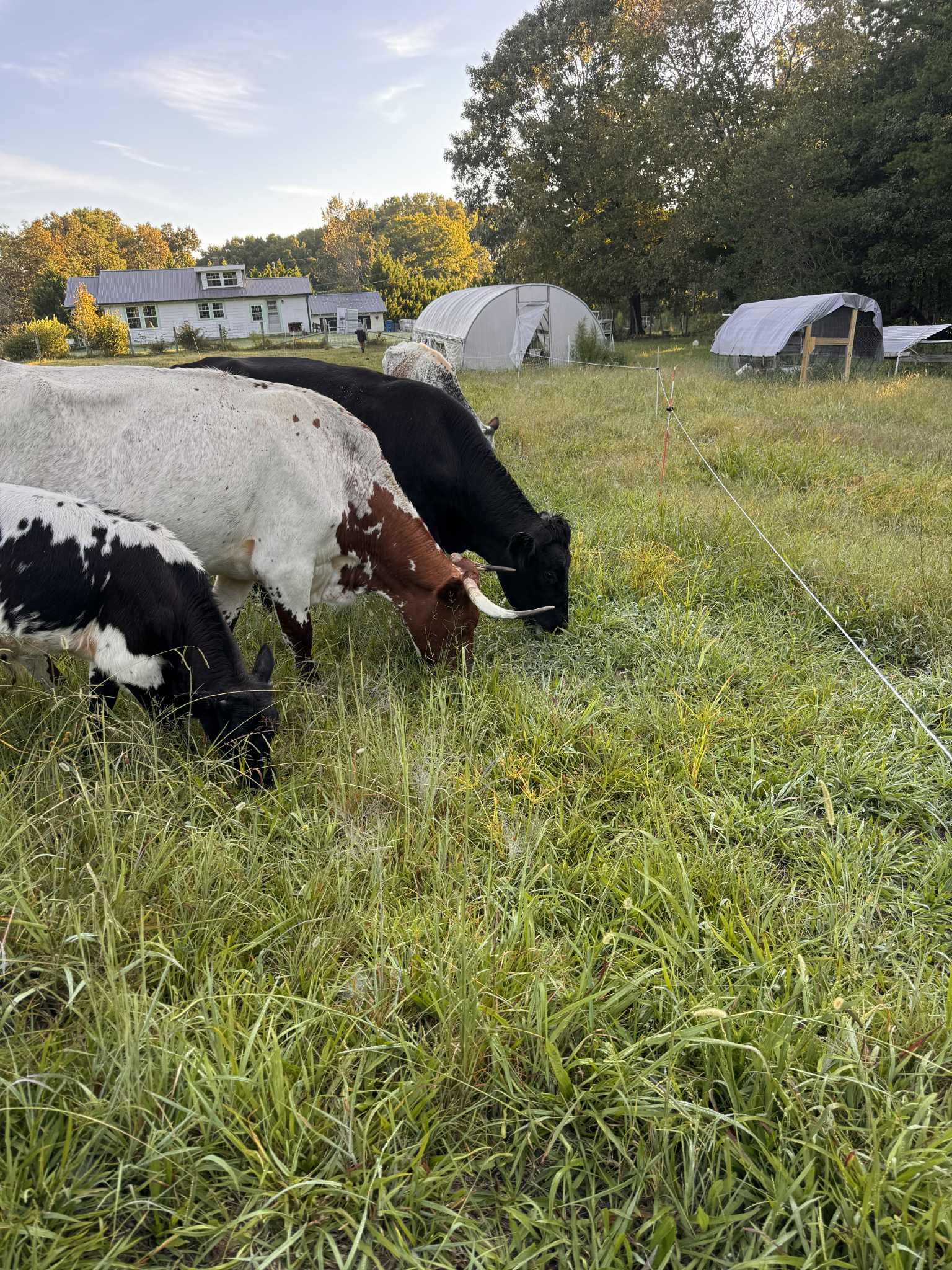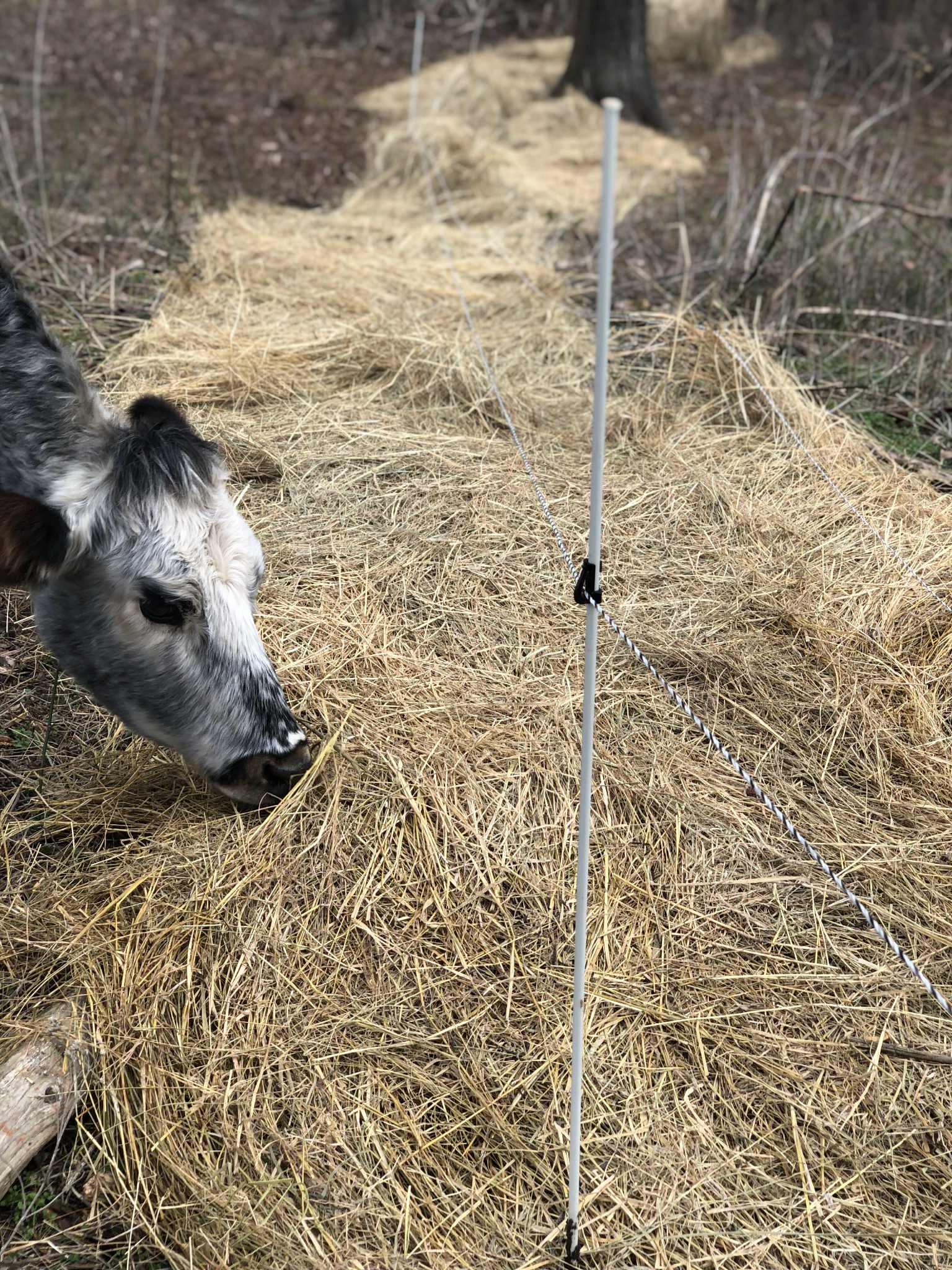What 70+ Graziers Taught Me About Healthier Pastures (and How You Can Copy Them)
Oct 12, 2025
🌾 Introduction: Lessons from the Field
This fall, I asked more than seventy graziers one simple question:
“What’s the one thing that made your pasture healthier this year?”
The answers came in from every corner — sheep ranches, small beef farms, mixed herds, and regenerative homesteads. What stood out was how similar everyone’s success stories were.
Healthy pastures weren’t built with expensive seed or miracle products. They came from management — the timing, rhythm, and rest each grazier built into their grazing plan.
Here’s what we learned, and how you can apply it right where you are.
Want to skip the reading and get personalized help? Click here to get your blueprint now we'll walk through your pasture right now.
🌿 1. Rest & Recovery: The Cheapest Fertilizer Is Time
Across nearly every reply, one phrase kept coming up: “longer rest.”
Producers who stretched their rest periods from 25–30 days to 50–60 or even 90 days reported thicker regrowth, deeper roots, and more drought resilience. Longer rest gives plants time to rebuild carbohydrate reserves and strengthens root systems, which in turn improves soil biology and water-holding capacity.
One grazier summed it up perfectly: “The cheapest fertilizer I used this year was time.”
If you take nothing else from this article, take that — longer rest builds healthier pasture faster than any product you can buy.
🐮 2. Stock Density: Graze Tight, Move Fast

Several farmers mentioned “high-density grazing” as their turning point. Instead of leaving animals to wander over large areas for days, they grouped them tighter and moved more often.
That simple shift improved manure distribution, reduced selective grazing, and helped weak grasses catch up. It also forced graziers to pay attention to recovery windows — the true key to regenerative grazing.
If you’ve ever struggled with uneven pasture, try reducing paddock size and moving animals before plants are bitten twice. The difference can be dramatic.
💩 3. Bale Grazing: Fertility in Motion

Bale grazing came up again and again as a favorite soil-building tool. Rather than feeding hay in one muddy spot all winter, these graziers placed bales across thin areas or slopes.
By moving the hay ring regularly (or better, removing it completely and unrolling bales), they added organic matter, seed, and manure precisely where fertility was lacking.
One farmer wrote, “Every spring I see a green halo where each bale sat.”
In other words, your winter feed bill can double as your soil-building budget — if you plan for it.
Need help making bale grazing work? Click here and we'll make it part of your personalized 60 day plan.
💧 4. Water & Timing: Small Changes, Big Gains
Several graziers credited simple water system upgrades and better timing with major improvements. Portable troughs, flexible hoses, and gravity lines allowed them to move animals without stressing plants near permanent tanks.
Equally important was when they grazed. Some avoided fields during wet spells to prevent pugging; others timed grazing right before a forecasted rain to trample seed and manure in.
Water access and timing don’t always make headlines, but they quietly multiply every other decision you make.
🧬 5. Soil Biology: Compost, Lime & Living Roots
While inputs weren’t the heroes of most stories, a few subtle helpers did show up. Graziers who used lime, compost, or vermicompost extracts saw quicker recovery and healthier stands of clover.
These aren’t instant fixes — they feed the soil food web that drives real fertility. As one producer wrote, “Once the biology woke up, the grass took over.”
Healthy soil is alive. Feed it gently, and it feeds you back.
🐔 6. Multi-Species Impact
Adding sheep, pigs, or poultry behind cattle was another standout tactic. Chickens spread manure and eat fly larvae; sheep clean up weeds cattle skip. The combination keeps pastures evenly grazed and biologically active.
Stacking species builds soil faster than stacking inputs — and adds enterprise diversity without adding acreage.
🚜 7. Timely Clipping & Dragging
Mowing and dragging aren’t glamorous, but used strategically they prevent over-mature seed heads and even out manure. Graziers who clipped right after animals moved out reported denser regrowth and fewer weeds later.
It’s management, not cosmetics. The mower and chain harrow, when used sparingly, can mimic what nature’s herds once did.
⚠️ Common Mistakes Graziers Mentioned
Even experienced graziers admitted to a few lessons learned the hard way:
-
Letting animals graze too long before moving.
-
Returning too early, before full recovery.
-
Feeding hay in the same spot all winter.
-
Ignoring water flow or traffic compaction.
Each of these mistakes sets back soil biology — but all are easy to correct once you plan recovery and density intentionally.
🗺️ How to Apply These Lessons on Your Farm
You don’t need 500 acres or a fancy setup to start. Here’s a simple way to apply what those 70+ graziers shared:
-
Observe your pastures — note recovery time between grazings.
-
Pick one paddock and extend rest by two weeks.
-
Tighten density by splitting the paddock or using a temporary line.
-
Move animals before plants are bitten twice.
-
Feed hay in thin areas to build fertility instead of waste.
-
Watch and adjust every move; nature gives instant feedback.
That rhythm — short grazes, long rests, intentional feeding — is the foundation of soil health.
If you want a clear roadmap that lays out these steps for your acreage and herd size, that’s exactly what I built in the Pasture Rehab Blueprint.
🌾 The Pasture Rehab Blueprint
The Blueprint is a personalized 60-day plan designed for graziers who want to rebuild soil, regrow grass, and reduce winter feeding costs.
Together we’ll:
-
Calculate rest windows for your specific paddocks.
-
Set stock density and move rhythm that fit your herd.
-
Design a bale-grazing map that turns feed into fertility.
-
Establish a simple soil-building routine that fits your schedule.
You’ll stop guessing and start managing with confidence.
👉 Get your 60-Day Pasture Rehab Plan »
❓ FAQ: Common Grazing Questions
How long should pastures rest between grazings?
Most pastures need at least 40–60 days of rest to rebuild roots. Shorter rest works only when growth is extremely fast and rainfall steady.
Does bale grazing damage soil?
Not when managed. Moving bales regularly spreads fertility evenly and reduces compaction. The key is rotation and feeding during firm or frozen conditions.
Can regenerative grazing work on clay soils?
Absolutely. In fact, deep-rooted perennials and high-density moves often break up surface sealing on clay faster than tillage ever could.




